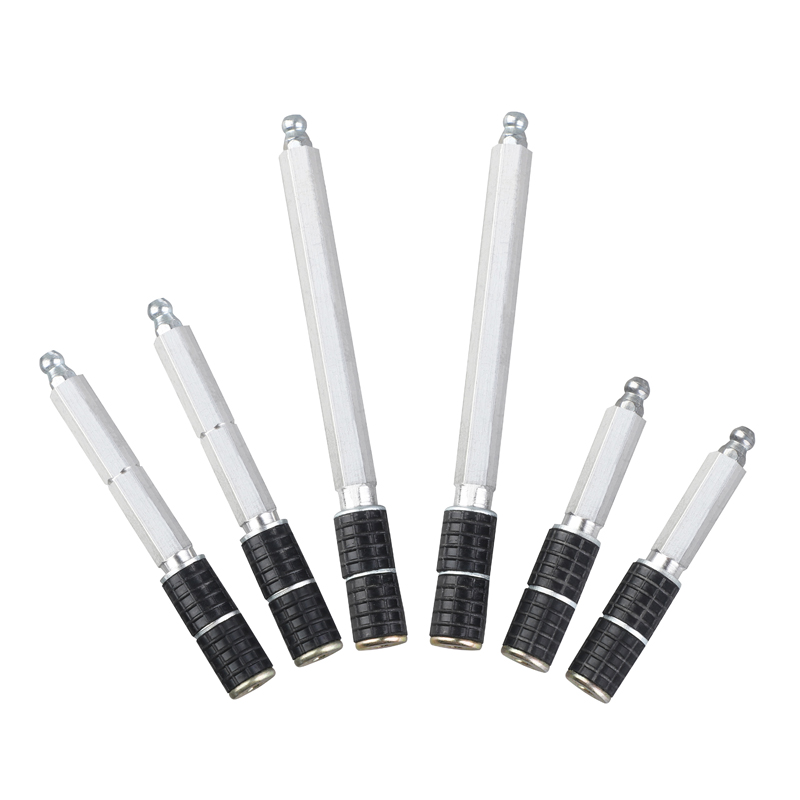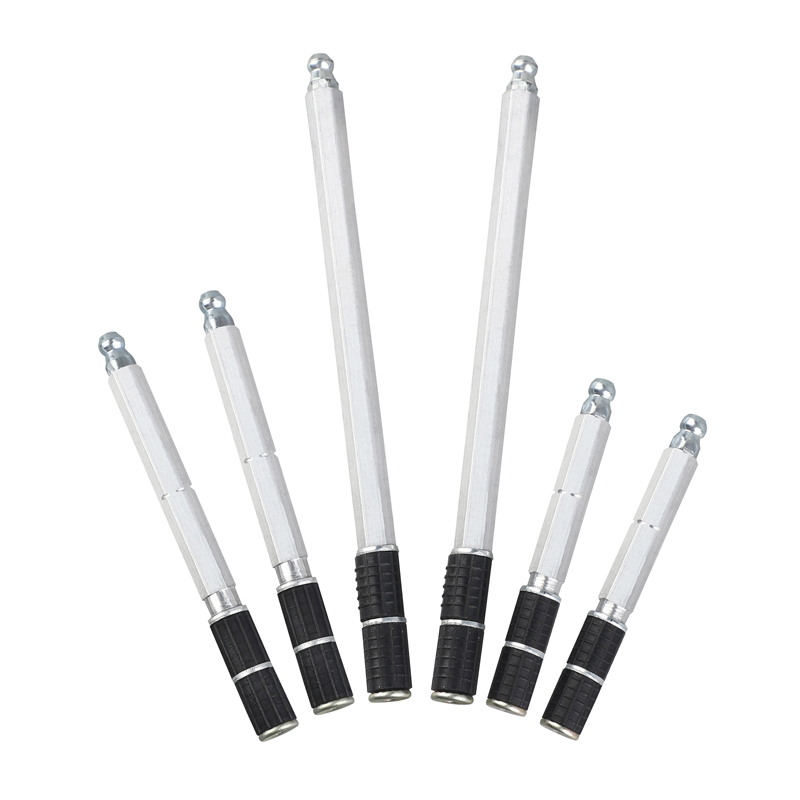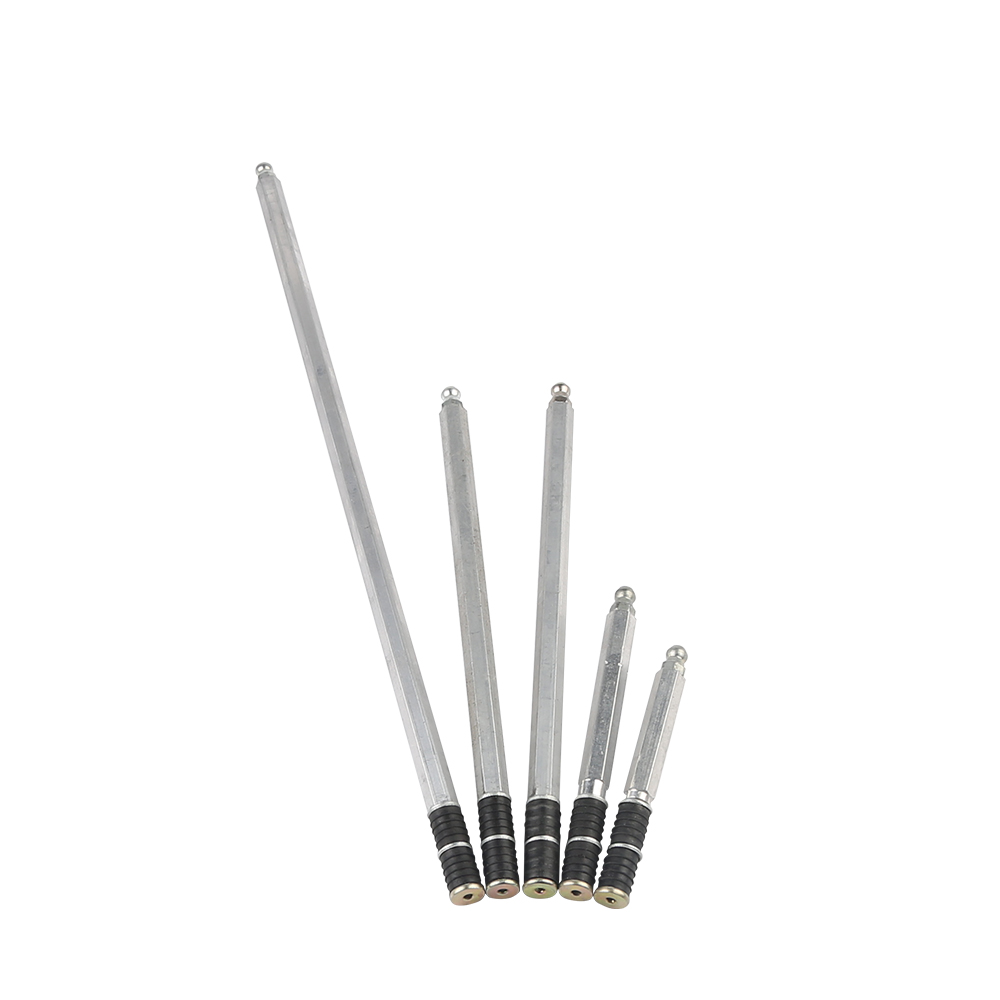
Steel injection packers offer unmatched strength and durability for high pressure projects. Brass and plastic packers may fail, causing leaks or damaged seals. Experimental data shows that improper material choices often result in ruptured barrels and torn covers. Choosing the right injection packer, such as an aluminum injection packer, prevents costly failures.
Key Takeaways
- Choose steel injection packers for high pressure projects because they offer the best strength, durability, and sealing performance.
- Always match the injection packer material to the project’s pressure and chemical needs to prevent leaks and costly failures.
- Avoid common mistakes like underestimating pressure, ignoring chemical compatibility, and prioritizing cost over performance to ensure safe and effective injection work.
Injection Packer Quick Comparison Table
Steel vs. Brass vs. Plastic Injection Packers
Choosing the right injection packer material is essential for high pressure applications. Each material offers unique properties that affect performance, durability, and suitability for specific tasks. The table below provides a quick comparison of steel, brass, and plastic injection packers.
| Feature | Steel Injection Packer | Brass Injection Packer | Plastic Injection Packer |
|---|---|---|---|
| Pressure Resistance | Very High | Moderate | Low |
| Durability | Excellent | Good | Fair |
| Chemical Resistance | High | Moderate | Varies |
| Reusability | Yes | Sometimes | Rarely |
| Cost | Moderate | Moderate | Low |
| Installation | Standard | Easy | Easiest |
Tip: Always review the project’s pressure and chemical requirements before selecting an injection packer. This step helps prevent leaks and ensures long-term performance.
Steel injection packers handle the highest pressures and last the longest. Brass packers work well for moderate pressures and offer good corrosion resistance. Plastic packers suit low-pressure jobs and provide easy installation. Project managers should match the packer material to the job’s demands for the best results.
A quick review of this table can save time and money. It helps teams avoid common mistakes and select the right tool for every project.
Injection Packer Material Comparison

Steel Injection Packer
Steel injection packers set the standard for high pressure applications. Manufacturers use 42 CrMo steel for the main components, including the casing, central tube, cone, and ring. This type of steel offers high strength and durability. Engineers rely on steel packers because they maintain their shape and function even under extreme pressure.
- Steel packers show excellent sealing performance as pressure increases from 15 to 40 MPa. The contact stress and sealing coefficients rise, which means the packer keeps a tight seal.
- The steel structure supports the rubber sealing elements. This allows the rubber to compress without the steel failing.
- Steel packers can handle high temperatures, up to 150 °C, and still provide a stable framework for sealing.
- Laboratory tests confirm that steel packers can maintain pressures above 400 bar. This makes them ideal for repeated high pressure cycles.
- Most steel injection packers last through 50 to 300 cycles, depending on use. Regular maintenance or replacement after extended use ensures continued reliability.
Note: Steel injection packers work best when the axial pressure stays below 30 MPa. This protects the rubber parts and extends the life of the packer.
Steel injection packers remain the top choice for demanding projects. Their mechanical strength and long lifespan make them a reliable solution for high pressure injection work.
Brass Injection Packer
Brass injection packers offer good corrosion resistance. Many contractors use them for low to moderate pressure jobs. Brass does not match steel in strength, so it cannot handle the same high pressures.
- Brass packers work well for small crack injections and low-pressure applications.
- Most brass packers can handle pressures up to about 500 PSI.
- The material resists corrosion, which helps in certain environments.
Steel packers are preferred for high pressure injections. Brass packers may deform or fail if used in high pressure settings. Choosing the right material ensures the injection packer performs as expected and avoids costly repairs.
Plastic Injection Packer
Plastic injection packers provide an easy installation process. They are lightweight and cost-effective. However, plastic lacks the strength needed for high pressure work.
- Plastic packers suit low-pressure applications and short-term projects.
- The material may not withstand strong chemicals or high temperatures.
- Most plastic packers are not reusable after use.
Project managers often select plastic packers for simple, low-risk jobs. For high pressure or long-term projects, steel remains the better choice. Using plastic in the wrong setting can lead to leaks or failures.
Key Factors in Choosing a High Pressure Injection Packer

Pressure Rating
Selecting an injection packer with the correct pressure rating is essential for safety and project success. Each material has a specific safe pressure range. For example:
| Material | Typical Safe Pressure Range |
|---|---|
| Steel | 3500 psi to 5800 psi |
| Brass | Up to 250 bar |
| Plastic | Around 250 bar |
A packer must withstand the highest expected pressure. If the pressure rating is too low, the packer may fail, causing leaks or even dangerous blowouts. Teams should always match the packer’s rating to the system’s maximum pressure.
Tip: Always secure packers during high-pressure injection to prevent accidents if a failure occurs.
Chemical Compatibility
Chemical resistance ensures long-term performance. Steel packers handle most grout types and resist chemical attack. Brass and aluminum may degrade when exposed to oxidizing agents, especially salts in polyacrylate gels. Choosing a packer that matches the chemical environment prevents early failure and costly repairs.
Reusability
Some packers can be reused, while others are single-use. Steel packers often last through many cycles, making them cost-effective for repeated jobs. Brass and plastic packers may not offer the same durability. Teams should consider how often they plan to use the packer when making a selection.
Installation Ease
Proper installation improves sealing and performance. The process includes drilling holes, cleaning them, and hammering the packer tightly in place. Using the right tools, such as open sockets and hammers, helps ensure a secure fit. If a packer loosens during injection, re-hammering restores tightness. Inflatable packers and specialized valves can further improve installation quality and control.
Common Injection Packer Selection Mistakes
Underestimating Pressure Needs
Many project teams make the mistake of underestimating the pressure requirements for their application. They may assume all mechanical packers work the same, but each design has unique features. Teams should always assess the expected pressure by monitoring injection pressures and flow rates from the start. Step-rate tests help determine safe pressure limits and prevent damage to the structure. Proper calibration of gauges and documentation of injection parameters ensure the injection packer performs safely and effectively.
Overlooking Chemical Compatibility
Ignoring chemical compatibility can lead to serious problems.
- Corrosive fluids like CO₂, water, or hydrogen sulfide can attack packer materials.
- Incompatible materials may corrode, plug, or break down, causing leaks or failures.
- Chemical reactions can generate heat or solids, threatening the packer’s integrity.
Selecting a packer with the right corrosion resistance protects both the equipment and the project.
Ignoring Installation Challenges
Installation issues often cause packer failure.
- Teams sometimes damage the packer during installation or choose the wrong size or length.
- Failing to verify the seal or skipping regular inspections can lead to leaks.
- The packer must match the well conditions to avoid problems like mandrel failure or hydrate formation.
Regular inspection and careful installation help maintain a secure seal.
Prioritizing Cost Over Performance
Choosing the lowest-cost option may seem attractive, but it often leads to poor results.
- Using a packer with the wrong diameter or material can cause blow-outs or ineffective sealing.
- Short packers may not seal properly in damaged concrete.
- Ball-valve location also affects grout retention and leakage.
Project managers should focus on performance and safety, not just price, when selecting an injection packer.
Steel packers provide the best safety and reliability for high pressure work. Project teams should always match material to pressure and chemical needs. A decision checklist helps teams avoid mistakes. Careful selection leads to fewer failures and better results on every job.
FAQ
What is the main advantage of steel injection packers for high pressure?
Steel injection packers provide unmatched strength and durability. They maintain a secure seal under extreme pressure, making them the top choice for demanding projects.
Can plastic injection packers handle chemical grouts?
Plastic injection packers may not resist strong chemicals. They work best with mild grouts and low-pressure applications.
How often should teams replace injection packers?
- Teams should inspect packers after each use.
- Replace them if signs of wear, deformation, or leaks appear.
- Regular checks ensure project safety and reliability.
Post time: Jul-21-2025



